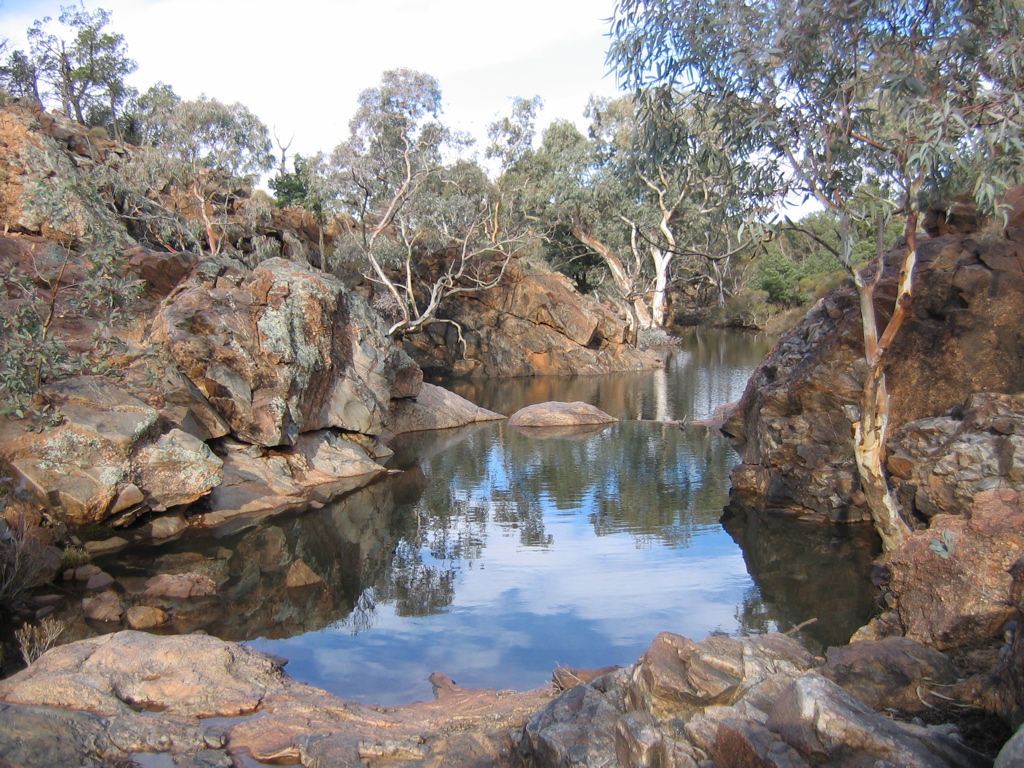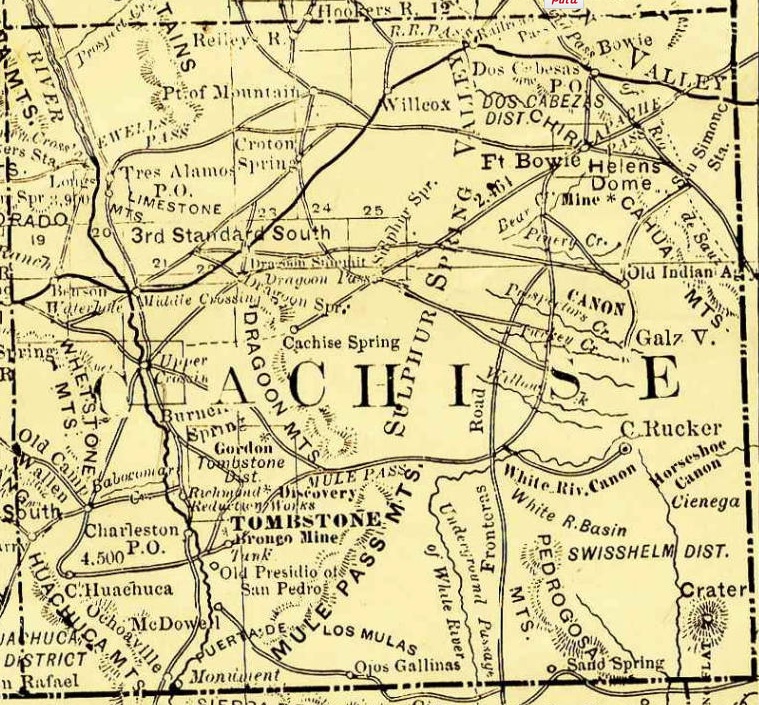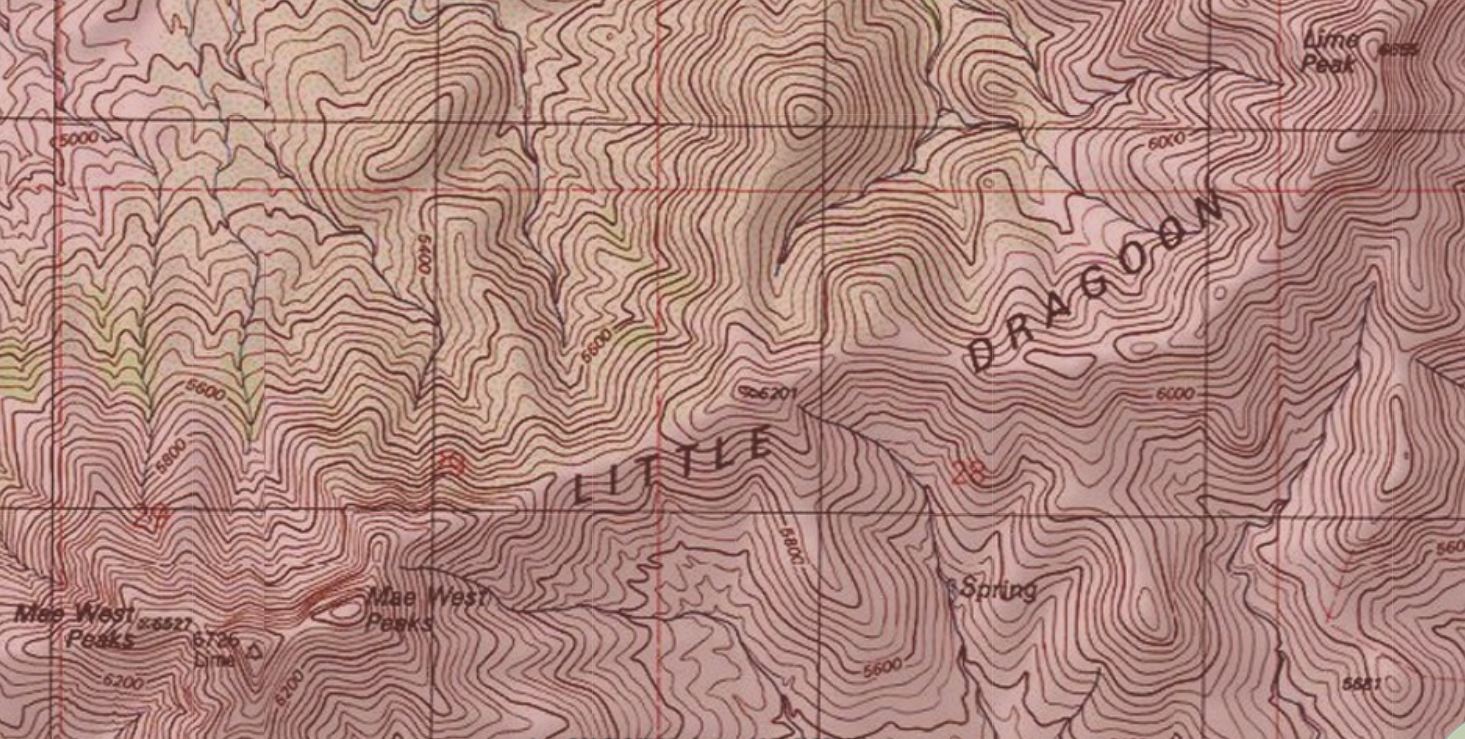|
Tres Alamos Wash
Tres Alamos Wash, an ephemeral stream tributary to the San Pedro River, in Cochise County, Arizona. It runs southwesterly to meet the San Pedro River, across the river from the former settlement of Tres Alamos, Arizona. Tres Alamos Wash passes east and northeastward between the Little Dragoon Mountains and Johnny Lyon Hills to where it arises in a valley east of those heights and west of Allen Flat and the Steele Hills. It has its source at . History Tres Alamos Wash, was part of the route of a 19th-century wagon road, called the Tucson Cutoff The Tucson Cutoff was a significant change in the route of the Southern Emigrant Trail. It became generally known after a party of Forty-Niners led by Colonel John Coffee Hays followed a route suggested to him by a Mexican Army officer as a shorte ... between Nugent’s Pass and the San Pedro River. [...More Info...] [...Related Items...] OR: [Wikipedia] [Google] [Baidu] |
Ephemeral
Ephemerality (from the Greek word , meaning 'lasting only one day') is the concept of things being transitory, existing only briefly. Academically, the term ephemeral constitutionally describes a diverse assortment of things and experiences, from digital media to types of streams. "There is no single definition of ephemerality". With respect to unique performances, for example, it has been noted that " hemerality is a quality caused by the ebb and flow of the crowd's concentration on the performance and a reflection of the nostalgic character of specific performances". Because different people may value the passage of time differently, ephemerality may be a relative, perceptual concept: "In brief, what is short-lived may not be the object itself, but the attention we afford it".Ronald Beiner, ''Political Philosophy: What It Is and Why It Matters'' (2014), p. 10. Ephemerality and nature Geographical features An ephemeral stream is that which only exists following precipitation ... [...More Info...] [...Related Items...] OR: [Wikipedia] [Google] [Baidu] |
Stream
A stream is a continuous body of surface water flowing within the bed and banks of a channel. Depending on its location or certain characteristics, a stream may be referred to by a variety of local or regional names. Long large streams are usually called rivers, while smaller, less voluminous and more intermittent streams are known as streamlets, brooks or creeks. The flow of a stream is controlled by three inputs – surface runoff (from precipitation or meltwater), daylighting (streams), daylighted subterranean river, subterranean water, and surfaced groundwater (Spring (hydrology), spring water). The surface and subterranean water are highly variable between periods of rainfall. Groundwater, on the other hand, has a relatively constant input and is controlled more by long-term patterns of precipitation. The stream encompasses surface, subsurface and groundwater fluxes that respond to geological, geomorphological, hydrological and biotic controls. Streams are importan ... [...More Info...] [...Related Items...] OR: [Wikipedia] [Google] [Baidu] |
San Pedro River (Arizona)
The San Pedro River is a northward-flowing stream originating about south of the international border south of Sierra Vista, Arizona, in Cananea Municipality, Sonora, Mexico. The river starts at the confluence of other streams (Las Nutrias and El Sauz) just east of Sauceda, Cananea. Within Arizona, the river flows north through Cochise County, Pima County, Graham County, and Pinal County to its confluence with the Gila River, at Winkelman, Arizona. It is the last major, undammed desert river in the American Southwest, and it is of major ecological importance as it hosts two-thirds of the avian diversity in the United States, including 100 species of breeding birds and almost 300 species of migrating birds. History The first people to enter the San Pedro Valley were the Clovis people who hunted mammoth here from 10,000 years ago. The San Pedro Valley has the highest concentration of Clovis sites in North America. Some Clovis sites of note are the Lehner Mammoth-Kill Site, the ... [...More Info...] [...Related Items...] OR: [Wikipedia] [Google] [Baidu] |
Cochise County, Arizona
Cochise County () is a county in the southeastern corner of the U.S. state of Arizona. It is named after the Native American chief Cochise. The population was 125,447 at the 2020 census. The county seat is Bisbee and the most populous city is Sierra Vista. Cochise County includes the Sierra Vista- Douglas, Arizona Metropolitan Statistical Area. The county borders southwestern New Mexico and the northwestern Mexican state of Sonora. History In 1528 Spanish Explorers: Álvar Núñez Cabeza de Vaca, Estevanico, and Fray Marcos de Niza survived a shipwreck off the Texas coast. Captured by Native Americans, they spent eight years finding their way back to Mexico City, via the San Pedro Valley. Their journals, maps, and stories led to the Cibola, seven cities of gold myth. The Expedition of Francisco Vásquez de Coronado in 1539 using it as his route north through what they called the Guachuca Mountains of Pima ( Tohono O'odham) lands and later part of the mission routes nor ... [...More Info...] [...Related Items...] OR: [Wikipedia] [Google] [Baidu] |
Tres Alamos, Arizona
Tres Alamos is a ghost town in Cochise County in the U.S. state of Arizona. The town was settled in 1874 in what was then the Arizona Territory. History In 1768 Spanish soldiers from the Presidio de Tucson farmed the area along the San Pedro River to supply food for the Presidio. Later, in 1830, Mexican farmers settled in the area, establishing more permanent farming operations and transporting their produce through the Redington Pass to Tucson with the protection of soldiers from the Presidio. In 1860 the Soza family settled in the area and operated a prosperous cattle ranch. As other Mexicans immigrated from the south the community grew with the building of an adobe chapel called ''La Capilla de San Antonio de Padua de Lisboa''. The community also had a gristmill and built a school for the children of the community. In 1865 several Anglos from Tucson settled in the area including Billy Ohnesorgen. Ohnesorgen ran a stage stop on what had been the Butterfield Overland Mail r ... [...More Info...] [...Related Items...] OR: [Wikipedia] [Google] [Baidu] |
Little Dragoon Mountains
The Little Dragoon Mountains, are included in the Douglas Ranger District of Coronado National Forest, in Cochise County, Arizona. The summit of the range is the center peak of the three Mae West Peaks, 6 miles northwest of Dragoon, Arizona. The center peak, known as Lime has a peak elevation of . Lime Peak is a named peak along the ridgeline approximately 2.5 miles to the northeast which has a peak elevation of .''Dragoon, AZ,'' 7.5 Minute Topographic Quadrangle, USGS, 1985 Interstate 10 passes through the Texas Canyon area approximately three miles to the southeast of the Little Dragoon ridgeline. See also * Dragoon Mountains The Dragoon Mountains are a range of mountains located in Cochise County, Arizona. The range is about 25 mi (40 km) long, running on an axis extending south-south east through Willcox. The name originates from the 3rd U.S. Cavalry Drago ... References {{coord, 32, 06, 00, N, 110, 07, 20, W, display=title Mountain ranges of Cochise County ... [...More Info...] [...Related Items...] OR: [Wikipedia] [Google] [Baidu] |
Johnny Lyon Hills
Johnny Lyon Hills, are a range of hills, north of the Tres Alamos Wash and the Little Dragoon Mountains in Cochise County, Arizona Cochise County () is a county in the southeastern corner of the U.S. state of Arizona. It is named after the Native American chief Cochise. The population was 125,447 at the 2020 census. The county seat is Bisbee and the most populous city is .... Its highest elevation is the summit of 5732 feet at . References Landforms of Cochise County, Arizona {{CochiseCountyAZ-geo-stub ... [...More Info...] [...Related Items...] OR: [Wikipedia] [Google] [Baidu] |
Steele Hills
Steele Hills, are a ridge of hills, east of the Tres Alamos Wash valley and the Sulphur Springs Valley in Cochise County, Arizona Cochise County () is a county in the southeastern corner of the U.S. state of Arizona. It is named after the Native American chief Cochise. The population was 125,447 at the 2020 census. The county seat is Bisbee and the most populous city .... References Hills of Arizona Mountain ranges of Cochise County, Arizona {{CochiseCountyAZ-geo-stub ... [...More Info...] [...Related Items...] OR: [Wikipedia] [Google] [Baidu] |
Tucson Cutoff
The Tucson Cutoff was a significant change in the route of the Southern Emigrant Trail. It became generally known after a party of Forty-Niners led by Colonel John Coffee Hays followed a route suggested to him by a Mexican Army officer as a shorter route than Cooke's Wagon Road which passed farther south to cross the mountains to the San Pedro River at Guadalupe Pass. Route The Tucson Cutoff ran from Ojo de Ynez on Cooke's Wagon Road on the southeast side of the Big Burro Mountains to the southwest to a spring and through a pass in the Pyramid Mountains south of today's Lordsburg. Descending to the southwest onto the playa in the north end of Animas Valley the cutoff route passed to the west through Stein's Pass, then southwest of its mouth to the Cienega of San Simon on the San Simon River. The cutoff then ran west through Puerto del Dado, from there it crossed the middle Sulphur Springs Valley and Willcox Playa to Croton Springs. From there it ran to Nugent’s Pas ... [...More Info...] [...Related Items...] OR: [Wikipedia] [Google] [Baidu] |
Nugent’s Pass
Nugents Pass or Nugent's Pass is a gap at an elevation of in Cochise County, Arizona. The pass was named for John Nugent, who provided notes of his journey with a party of Forty-Niners across what became the Tucson Cutoff to Lt. John G. Parke, on expedition to identify a feasible railroad route from the Pima Villages to the Rio Grande. History Nugent's Pass was an early alternate route of the Southern Emigrant Trail, called variously the Tucson Cutoff or "Puerto del Dado" Trail (later Apache Pass Trail). Long traveled by Spanish and Mexican soldiers and other early explorers, its first American travelers were likely fur trappers. The route became known to westward-bound American emigrants after it was traveled by a party of Forty-Niners led by John Coffee Hays in 1849. The Tucson Cutoff ran from Cooke's Wagon Road on the east side of the Animas Valley west through Stein's Pass to the cienega on the nearby San Simon River; through Puerto del Dado to Dos Cabezas Spri ... [...More Info...] [...Related Items...] OR: [Wikipedia] [Google] [Baidu] |
Rivers Of Cochise County, Arizona
A river is a natural flowing watercourse, usually freshwater, flowing towards an ocean, sea, lake or another river. In some cases, a river flows into the ground and becomes dry at the end of its course without reaching another body of water. Small rivers can be referred to using names such as creek, brook, rivulet, and rill. There are no official definitions for the generic term river as applied to geographic features, although in some countries or communities a stream is defined by its size. Many names for small rivers are specific to geographic location; examples are "run" in some parts of the United States, "burn" in Scotland and northeast England, and "beck" in northern England. Sometimes a river is defined as being larger than a creek, but not always: the language is vague. Rivers are part of the water cycle. Water generally collects in a river from precipitation through a drainage basin from surface runoff and other sources such as groundwater recharge, springs, a ... [...More Info...] [...Related Items...] OR: [Wikipedia] [Google] [Baidu] |

_nahe_dem_Weiherdamm_in_Wildbergerhütte.jpg)



